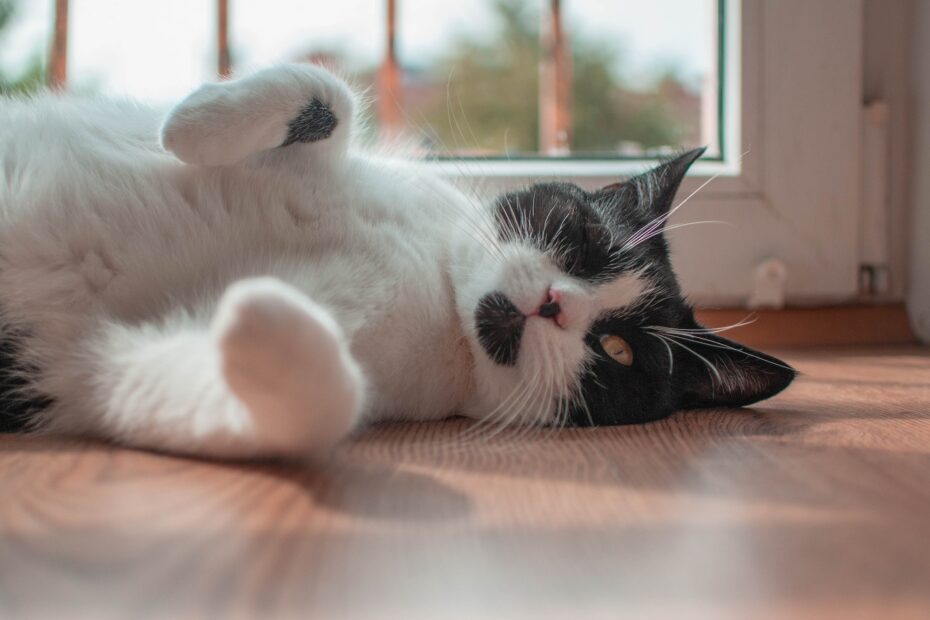Unleashing the Power of Positive Emotion
If you’ve ever found yourself captivated by an adorable cat video online, you’re far from alone. The internet’s infatuation with cat videos is undeniable, but have you ever wondered why that is? As it turns out, there’s more to our collective fascination with feline frolics than meets the eye. Let’s delve into the realm of neuroscience to understand why these videos have us hooked.
One of the primary reasons cat videos are so irresistible lies in their ability to elicit positive emotions. According to the field of affective neuroscience, which studies the neural mechanisms of emotion, watching cat videos can trigger the release of dopamine, a neurotransmitter associated with feelings of pleasure and satisfaction. When we watch these cuddly creatures engaging in their playful antics, our brains reward us with a dopamine surge, inducing feelings of happiness and enjoyment. This response is part of our brain’s reward system, which reinforces behaviors that stimulate pleasure.
The Role of Mirror Neurons
Mirror neurons, first discovered in the 1990s, are a type of brain cell that respond equally when we perform an action and when we witness someone else perform the same action. These neurons play a key role in empathy, learning, and understanding others’ behaviors.While the full extent of the mirror neuron system in humans is still a topic of ongoing research, it’s thought that these neurons might also respond when we observe animals displaying emotions. Watching a cat’s joyful play or contented purring may activate our mirror neurons, leading us to share in their positive emotions on some level.
The Relaxation Effect
Watching cat videos can also act as a form of digital pet therapy. A study by Indiana University found that viewing cat videos boosts viewers’ energy, heightens positive emotions, and decreases negative feelings. This aligns with numerous studies highlighting the stress-relieving effects of interacting with pets.While watching a cat video, we might experience a reduction in our cortisol levels, a hormone that’s associated with stress. At the same time, our brains may produce more oxytocin, the so-called “cuddle hormone,” which is associated with relaxation and feelings of love and trust.
The Social Bonding Aspect
Finally, cat videos often serve as a basis for social bonding. Sharing and discussing these videos can stimulate the release of endorphins, neurotransmitters that not only result in feelings of happiness but also help promote social bonding. In the age of social media, this bonding often occurs online, amplifying the reach and impact of these videos.
Conclusion
The popularity of cat videos on the internet is more than just a cultural phenomenon. It’s a neuroscientific event, encompassing elements of positive reinforcement, empathy, relaxation, and social bonding. So, next time you find yourself enthralled by a cat video, remember: it’s not just frivolous fun. It’s your brain enjoying a neurochemical cocktail of happiness. Now, isn’t that something to purr about?
